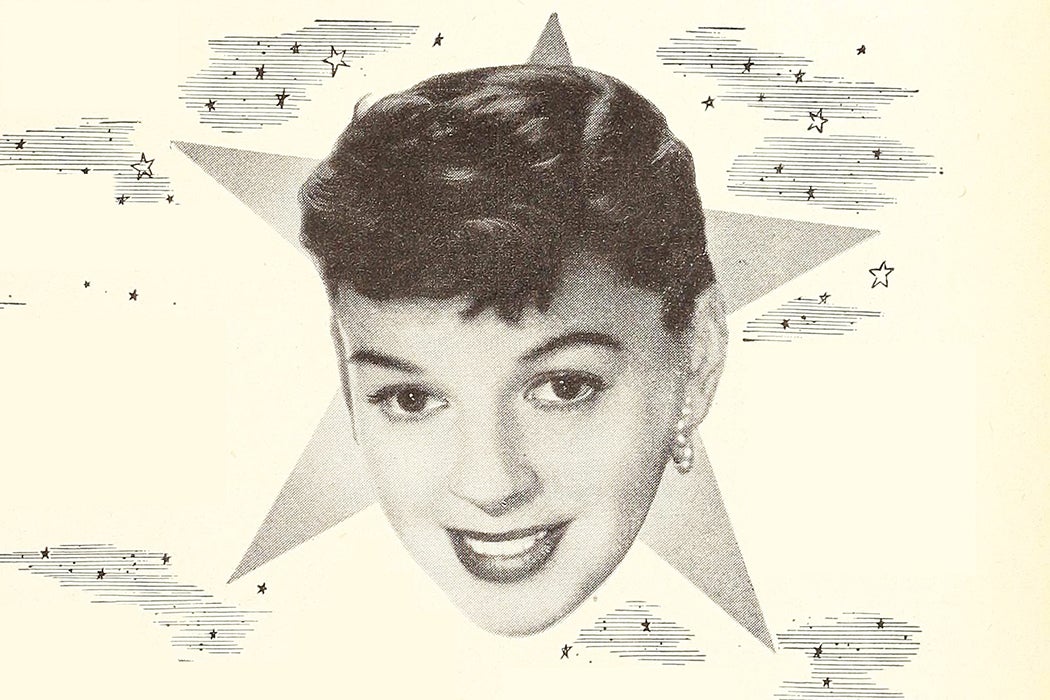This month, Bradley Cooper stars and makes his directorial debut in A Star is Born, a remake of the 1937 romance by the same name. This is the third adaptation of the original, with a 1954 musical version featuring Judy Garland and James Mason, a 1976 rock and roll adaptation starring Barbra Streisand and Kris Kristofferson, and now the pop redo featuring Lady Gaga and Cooper.
Gaga has large shoes to fill, but her casting also feels particularly fitting given all of the singers’ wildly devout queer fan base. In 2001, Brian Currid explored the 1954 version of A Star is Born, specifically analyzing Judy Garland’s role as a gay icon. He opens by saying, “Judy Garland’s queer cult is one of those ‘facts’ of American popular culture that—for ‘Americans’ at least—seems to require no explanation.”
Currid begins with Richard Dyer’s foundational article “Judy Garland and Gay Men.” He explains: “[t]hree characteristics make this diva particularly available for queer identification and pleasure: androgyny, camp, and ordinariness.” Currid unpacks Dyer’s concept of “ordinariness,” noting that “‘camp’ and ‘androgyny’ have come to mean quite specific things…mobilizable as markers of a standardized notion of difference within hegemonic cultural formations” whereas “ordinariness” is largely indefinable.
Currid interrogates Garland’s “ordinariness,” asking what it reveals about stardom and fandom. He concentrates specifically on A Star is Born because he sees it as “crucial” for Garland’s gay fans and for “the ways it reveals Americanness as a structure of impersonation.” The film is also one of the many 1950s musicals which are “self-reflexive,” because of the ways in which they explore the very subject of Hollywood itself.
Get Our Newsletter
Describing the sociopolitical era during which the 1954 adaptation was produced as “the coming of television, the decline of the studio system, and the anti-Communist witch hunts of McCarthyism,” Currid argues that this timing is integral to understanding Garland’s rise as a gay icon. “The gay cult around Garland has its roots, in other words, in a crisis of American personhood and its modes of representation.”
Garland’s body then “becomes the site of (at least) two impersonations” including gender impersonation, via dress, and “racial drag,” via vocals and performance. Vanity Fair’s Rebecca Keegan notes in her exploration of “Why every era gets the A Star is Born it deserves” that both the 1954 and 1976 remakes “include some culturally insensitive moments that seem cringe-worthy to a modern eye.” This could include Garland’s pivotal star-making performance “doing Al Jolson in drag.” Currid focuses on the multi-levels of this gendered and racialized impersonation, noting that “[i]t is this exposure of American drag that makes the Garland fan cult particular, and also interesting: it does not merely mimic standard heterosexual forms of star cult, but unknowingly questions the entire complex of claims which stardom in America makes about personhood and regimes of the normal.”
Garland’s queer cult fandom challenges viewers to question the Hollywood production of stars, fame, and its ill-defined conceptions of normalcy. Perhaps Cooper and Gaga’s redo will achieve an updated version of the same.







